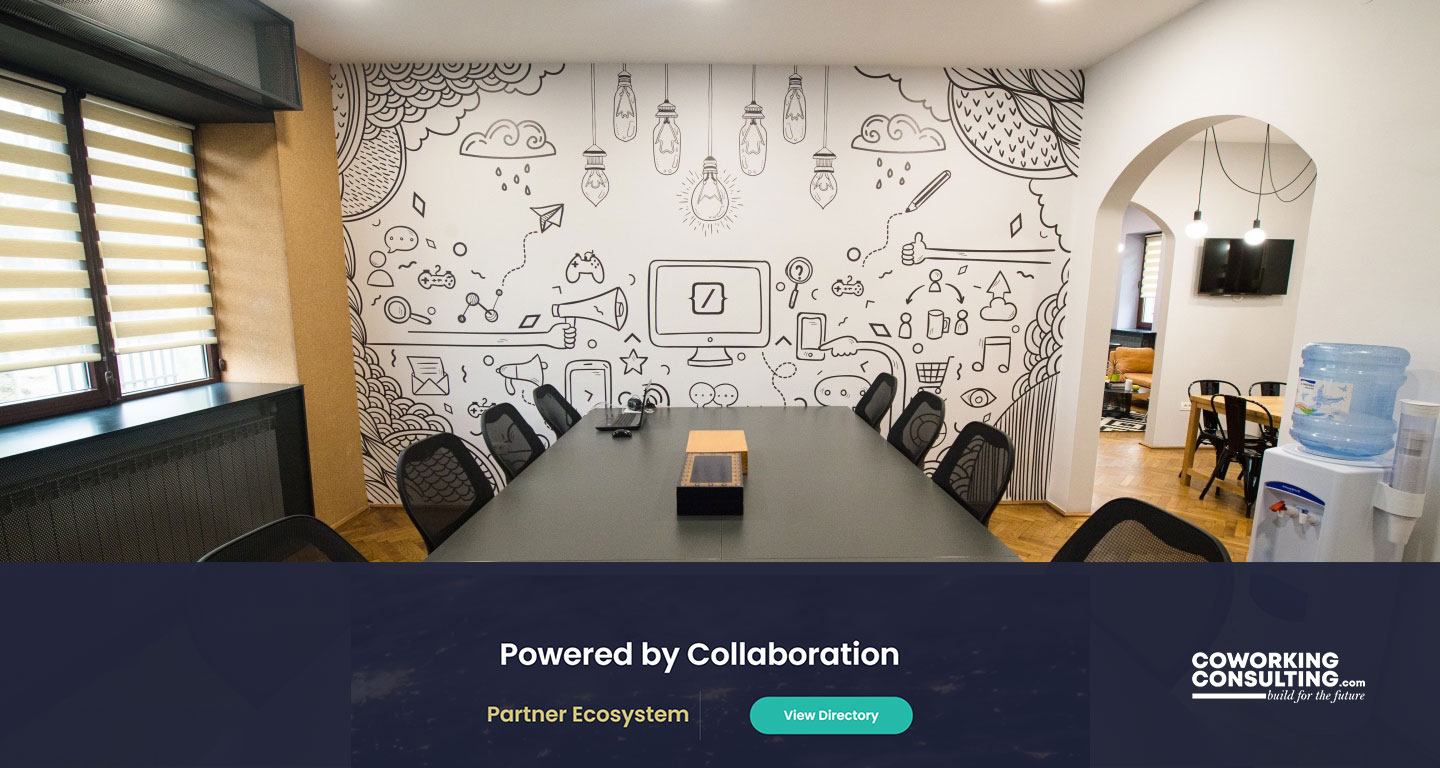Unlocking the Potential of Underutilized Space: The Value-Add Benefits of Office Buildings Converting to Shared Workspace Models
As the coworking industry continues to gain momentum, office building owners are recognizing the benefits of converting their underutilized spaces into shared workspace models. The trend presents a unique opportunity for building owners to create a new revenue stream and unlock the full potential of their assets.
There are several reasons why building owners are turning to shared workspace models. First, the traditional tenant-landlord relationship has changed. With the rise of the hybrid workforce, companies are looking for more flexible leasing terms. Many companies no longer require as much space as they once did, and they don’t want to be tied down to fixed commitments. This has resulted in a lot of vacancy in office buildings, which can be difficult for building owners to fill with traditional tenants.
The coworking model presents a solution to this problem. By converting underutilized space into shared workspace models, building owners can attract a new type of tenant: the flexible office user. Coworking spaces offer short-term leases, flexible terms, and a range of amenities and services that are attractive to startups, freelancers, and small businesses. By offering a coworking space, building owners can attract tenants who are looking for a more flexible and collaborative work environment, without the commitment of a long-term lease.
In addition to filling vacancies, shared workspace models also offer several value-add benefits for building owners. First, they can increase the value of the building. A coworking space can add to the appeal of the building, and make it more attractive to potential tenants. Additionally, shared workspace models can provide a new revenue stream for building owners. By charging membership fees, building owners can generate additional income from their underutilized space.
Finally, shared workspace models offer building owners the opportunity to future-proof their assets. As the workplace continues to evolve, coworking spaces will continue to play a key role in the new normal of work. By converting underutilized space into a coworking space, building owners can adapt to changing demands and stay ahead of the curve.
In conclusion, shared workspace models are a great option for building owners who are looking to fill vacancies, create new revenue streams, and future-proof their assets. By converting underutilized space into a coworking space, building owners can attract a new type of tenant, increase the value of the building, and provide a more flexible and collaborative work environment for their tenants. As the workplace continues to evolve, shared workspace models are sure to play an increasingly important role in the future of work.


